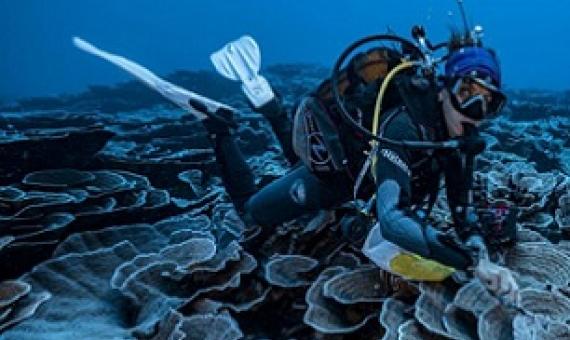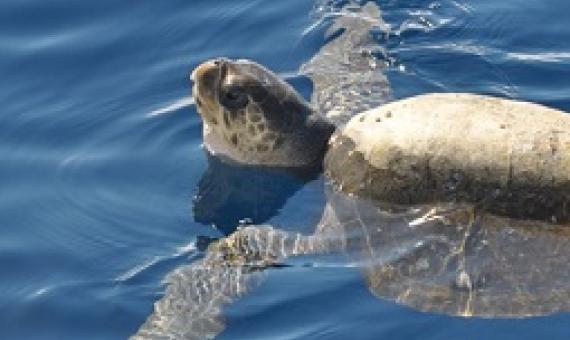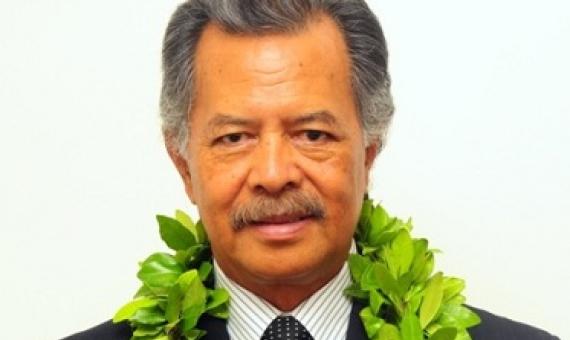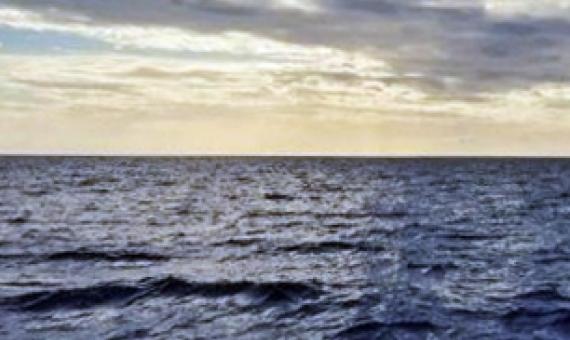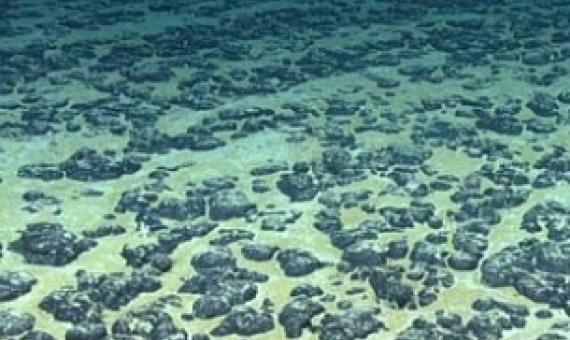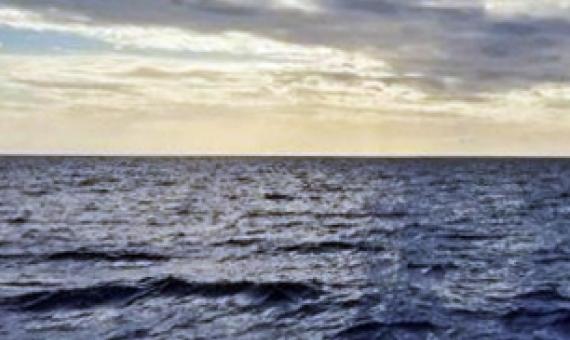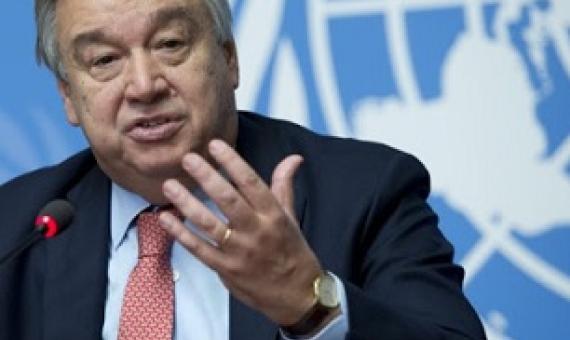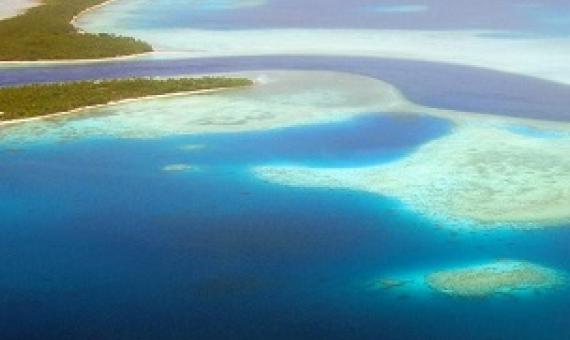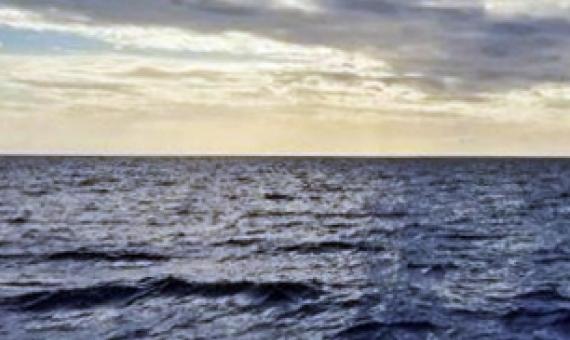The world is another step closer to protecting 30 percent of the ocean after the Biodiversity Beyond National Jurisdiction Treaty was adopted by the United Nations in New York.
A new global treaty on the high seas will enable the creation of sanctuaries deemed vital for the oceans, but many questions remain unanswered. Among them: How can we protect marine areas far from the coast? Where will they be created, and when?
As the global community embrace the adoption of the new Biodiversity of Areas Beyond National Jurisdiction (BBNJ) treaty, the Pacific are calling on the international community to seize this milestone momentum and rally towards the haste ratification and for the signing to be held at the ma
Deep-sea mining will be exempted from environmental impact assessment (EIA) measures established under a landmark international oceans treaty, a move campaigners fear could undermine protection for the seabed.
Nations have reached a historic agreement to protect the world's oceans following 10 years of negotiations. The High Seas Treaty places 30 percent of the seas into protected areas by 2030, aiming to safeguard and recuperate marine nature.
United Nations chief Antonio Guterres urged countries Wednesday to agree a "robust and ambitious" treaty to protect the high seas, as time starts to run out for negotiations.
From UN headquarters in New York, what did IUCN see from the UN's 5th session of the Intergovernmental Conference on conservation and sustainable use of marine biological diversity beyond areas of national jurisdiction (also known as the High Seas Treaty)? The negotiations got very close to
UN member states ended two weeks of negotiations Friday without a treaty to protect biodiversity in the high seas, an agreement that would have addressed growing environmental and economic challenges.

